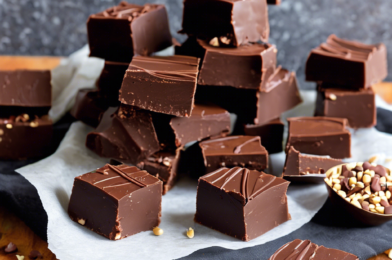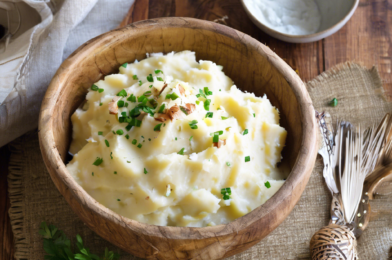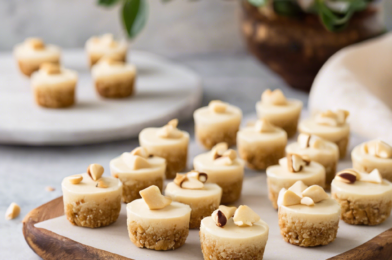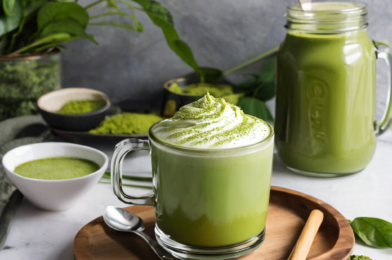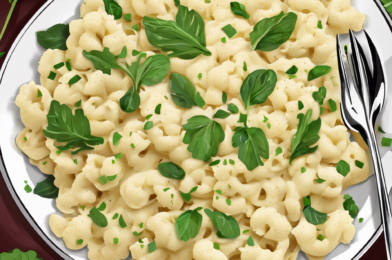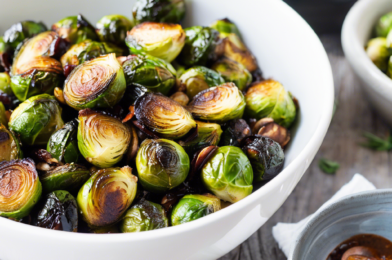There’s something truly magical about the combination of tahini and chocolate, a union that transforms simple ingredients into a luxurious treat. As a self-proclaimed dessert enthusiast, I recently embarked on a culinary journey to create Tahini Chocolate Fudge. The results were extraordinary, leaving my family begging for more. The rich, nutty flavor of tahini paired beautifully with the deep, indulgent notes of chocolate, creating a fudge that was not only delicious but also unique. This fusion of flavors brought a new dimension to our dessert table, making every bite a memorable experience. The fudge was both a hit at home and a delightful surprise for guests who were intrigued by its unique flavor profile.
Ingredients
The beauty of Tahini Chocolate Fudge lies in its simplicity. Here’s what you’ll need to create this delectable treat:
- 1 cup of tahini – Ensure you use a smooth and creamy variety for the best texture.
- 1 cup of dark chocolate chips – High-quality chocolate makes all the difference.
- 1/2 cup of honey – You can substitute maple syrup for a vegan option.
- 1 teaspoon of vanilla extract – Adds depth and enhances the chocolate flavor.
- A pinch of sea salt – Balances the sweetness and elevates the overall flavor.
Instructions
Creating Tahini Chocolate Fudge is an art that requires patience and precision. Follow these steps to achieve perfect results:
- Melt the chocolate: In a heatproof bowl, melt the dark chocolate chips using a double boiler or microwave. Stir until completely smooth.
- Combine ingredients: In a separate bowl, mix the tahini, honey, vanilla extract, and sea salt until well combined. Gradually add the melted chocolate, stirring continuously until the mixture is smooth and uniform.
- Prepare the mold: Line a square baking dish with parchment paper, ensuring the paper hangs over the sides for easy removal later.
- Pour and set: Pour the fudge mixture into the prepared dish, spreading it evenly with a spatula. Place the dish in the refrigerator for at least 2 hours, or until the fudge is firm.
- Slice and serve: Once set, lift the fudge out of the dish using the parchment paper. Cut into squares and serve chilled.
Nutrition Facts
This recipe yields approximately 16 servings, with each piece containing about 120 calories. It’s a rich, indulgent treat that’s perfect for satisfying your sweet tooth without overwhelming your daily calorie intake.
Preparation Time
The total preparation time for Tahini Chocolate Fudge is approximately 2 hours and 15 minutes. This includes about 15 minutes of active preparation and 2 hours for the fudge to set in the refrigerator.
How to Serve
There are many delightful ways to enjoy your Tahini Chocolate Fudge:
- Serve as a chilled dessert after dinner to impress your guests with its unique flavor.
- Pair with a scoop of vanilla ice cream for a decadent treat.
- Enjoy with a cup of hot coffee or tea for a cozy afternoon snack.
- Wrap individually and give as homemade gifts during the holiday season.
- Add to a dessert platter alongside fresh fruits and nuts for a balanced offering.
Additional Tips
- Use quality ingredients: The flavor of your fudge will rely heavily on the quality of the tahini and chocolate you use. Invest in good brands for the best results.
- Experiment with flavors: Try adding a teaspoon of cinnamon or a dash of chili powder for a spicy twist.
- Storage: Store the fudge in an airtight container in the refrigerator for up to 1 week, or freeze for up to 3 months.
- Texture variation: If you prefer a crunchy texture, consider adding chopped nuts or seeds to the mixture before setting.
- Adjust sweetness: Feel free to adjust the honey or maple syrup to suit your personal taste preference.
FAQ Section
- Can I use milk chocolate instead of dark chocolate? Yes, you can substitute milk chocolate, but it will result in a sweeter fudge. Adjust the honey or maple syrup accordingly if you prefer a less sweet dessert.
- What can I use instead of tahini? If you don’t have tahini, you can use almond butter or peanut butter, although it will alter the final flavor.
- Is there a way to make this fudge vegan? Absolutely! Use maple syrup instead of honey and ensure your chocolate chips are dairy-free.
- Can I add other flavors to the fudge? Yes, feel free to add extracts like almond or peppermint for a different flavor profile. Just be mindful of the quantity so as not to overpower the tahini and chocolate.
- How do I know when the fudge is ready to cut? The fudge is ready to be sliced when it feels firm to the touch. If it’s still too soft, give it more time in the refrigerator.
